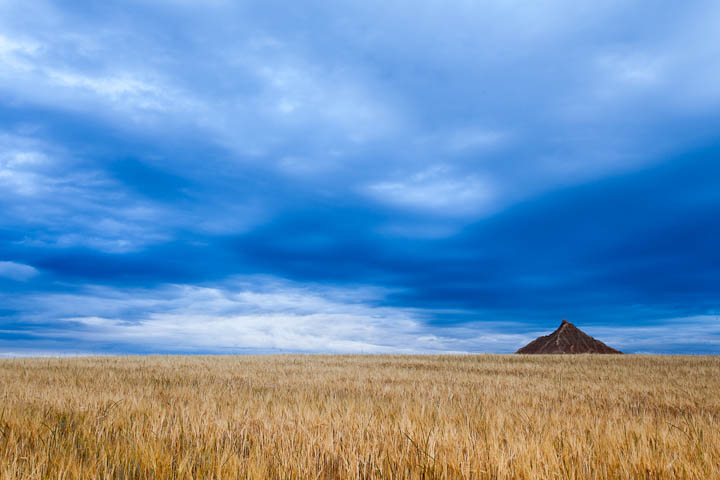Si hay una persona que prácticamente creo ciegamente en sus recomendaciones en como usar Adobe Lightroom ó Adobe Photoshop ese es Jeff Schewe. Realmente el por qué de esto no lo sé explicar, supongo que después de haber visto innumerables vídeo tutoriales de él, leerme varios de sus libros, o sus artículos en diversos medios, y dicha información siempre resultarme útil, uno termina ganando confianza al autor de los mismos. Cuando me enteré de que iba a publicar un libro: The Digital Negative ya sabía que tenía que reservar el dinero para comprármelo.
The Digital Negative es más un libro de flujo de trabajo y buenas prácticas que un manual puro y duro de Lightroom. Desde el momento que sacamos la foto en la cámara, explicando por qué derechear, que contiene un fichero RAW y sus principales problemas. Pasando como procesar la imagen. Y concluyendo en diferentes flujos de trabajo para hacer tareas tan básicas como copias de seguridad.
Schewe guarda una estrecha relación con los ingenieros de Adobe y esto se nota durante todo el libro. Comenzando con una historia del nacimiento de Lightroom, pasando a explicarte detalladamente que hace exactamente cada control del mismo y que algoritmos usa por detrás.
El libro se lee de forma rápida y cada uno de los conceptos es bastante descriptivo. De lejos es el típico libro pesado que se recorre uno a uno todas las opciones de los programas que describe, sino que te muestra realmente una forma, ya sea óptima o no, de trabajar con él.
Ahora esperando al año que viene a Schewe publique de The Digital Print.
De la contraportada:
The Digital Negative is about raw image processing of digital camera captures. It details what makes for a really good digital negative and how to harness the massive power of Lightroom and Camera Raw to extract the best-possible raw rendering of that digital negative. It’s also about when and how to deploy Photoshop to take your rendered digital negatives further using the power of Photoshop to perfect the images that need and deserve the attention. I drill down on the Lightroom Develop module and the Camera Raw plug-in extensively—that’s the meat of this book. While parametric image editing (editing the parameters instead of the image pixels in Lightroom and Camera Raw) has advanced considerably since Camera Raw was first introduced, there is still a use for that venerable old lady named Photoshop.
I wrote this book because there didn’t seem to be an optimal source of information that suitably covered the main topic without being relegated to covering everything about a single application. The world doesn’t need yet another Lightroom or Photoshop book. What I thought was needed, though, was a book about the essence of raw image processing, regardless of the imaging application. I set out to write a book about cross-application integration that addressed the needs of photographers who want to optimize their images for the best-possible image quality.
I called the book The Digital Negative for a reason. In my formative years as a young photographer, I read a series of books by Ansel Adams that formed the genesis of my infatuation with and addiction to photography. Ansel’s books—The Camera, The Negative, and The Print had a huge impact and greatly helped advance my knowledge of photography. Time will tell if I can have even a minute fraction of the impact on others that his books had on me. (Excerpt from the book’s introduction)



